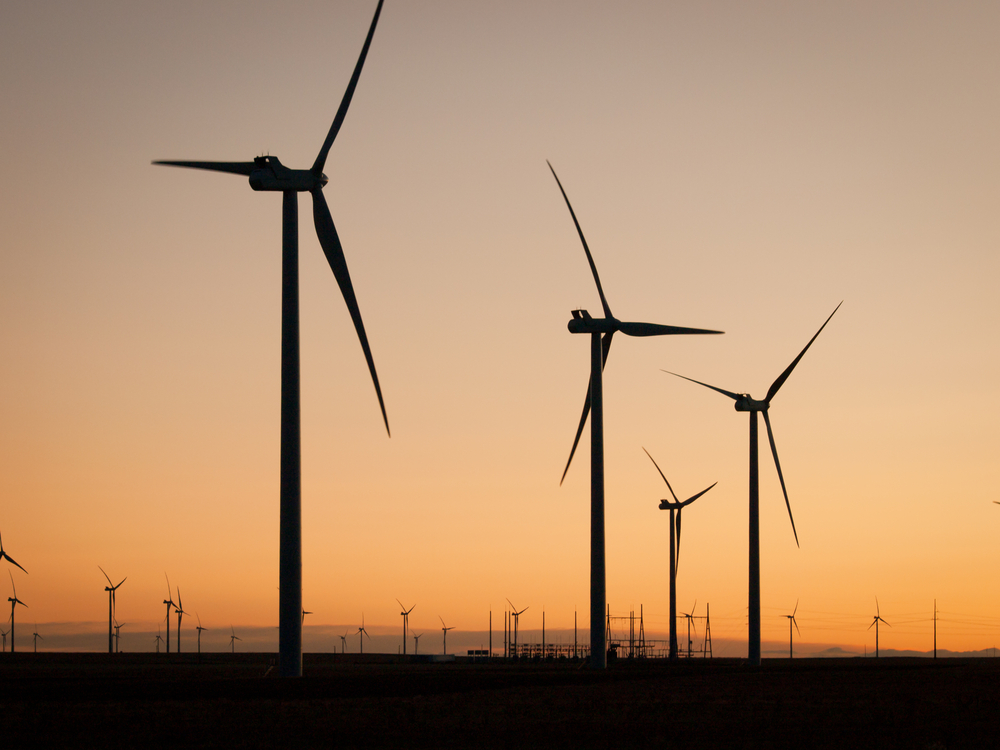The Local newsletter is your free, daily guide to life in Colorado. For locals, by locals.
Plugged In
Three questions about Colorado energy production.
1. Colorado has a lot of oil shale—how is it different from crude?
Colorado’s Piceance Basin in the western part of the state reportedly contains one trillion barrels of oil—five to eight times more than Saudi Arabia’s proven reserves. Oil shale is a fine-grained organic matter–rich sedimentary rock that, when heated through chemical processes, releases a petroleumlike liquid. Oil shale must be mined from the ground and then treated to extract the energy juice, a process called retorting. (Another, newer process called “in situ” retorting heats the rock while it’s still underground.) But here’s the problem: Oil shale development is more complex and more expensive than crude. In the past two to three years, both Shell and Chevron have abandoned efforts to mine oil shale in Colorado after lengthy research operations.
2. Can’t we just burn all of those beetle-kill pines for energy?
Yes—and no. Over the past 18 years, more than 4 million acres of forest in Colorado and southern Wyoming have been decimated by beetle infestation. The result is an opportunity to increase our biomass energy production while potentially reducing the severity of wildfires in affected areas. In December 2013, Colorado’s first biomass plant—powered mainly by beetle-kill—began delivering enough energy to power about 10,000 homes in Eagle County. Although biomass is considered a renewable resource, there has been some opposition citing the resource’s potential effects on air quality. There are other obstacles to using the energy source as well:
accessing federally managed forests, Colorado’s road weight limits, and constrained investment opportunities due to federal forest stewardship agreements.
3. We’ve got lots of hot springs, so why don’t we have any geothermal electricity generation?
Colorado is blessed with geothermal reservoirs; however, it’s a tricky resource to tap. Although a 2006 report by the Western Governors’ Association stated that Colorado ranks fourth among Western states in number of sites for geothermal energy production, the downsides have so far outweighed the upsides. Many geothermal resources are in some of the state’s most pristine—and therefore protected—areas. Plus, issues such as sulfur dioxide and silica emissions, surface instability (geothermal plants are known to cause earthquakes), high up-front expenses, and sustainability questions have oppressed geothermal electricity generation in Colorado.
—From top: (oil derrick) Shutterstock; (oil Barrel, coal cart, solar panel) iStock; (gas mask) iStock









